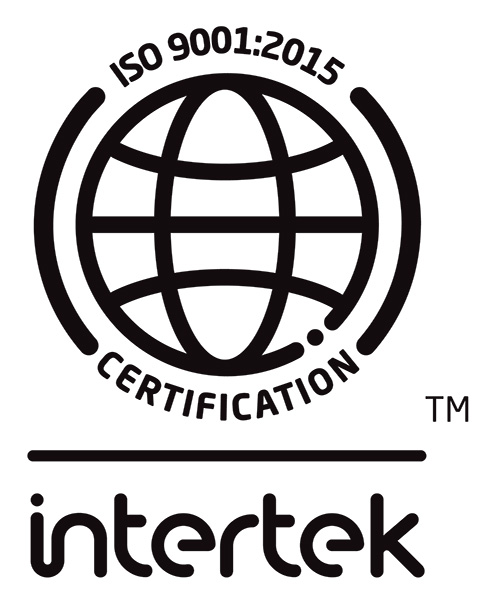
Macrolides are composed of 2 or more amino or neutral sugars attached to a lactone ring of variable size. Commercially available macrolides have a 14-membered (clarithromycin, erythromycin, and roxithromycin) or 15-membered (azithromycin) lactone ring. Lincosamides (clindamycin and lincomycin) are devoid of a lactone ring. (1)
Mechanism of action
Macrolides and lincosamides are considered bacteriostatic antibiotics. They inhibit RNA-dependent protein synthesis by binding to the 50S ribosomal subunit where the peptide bond formation occurs, thus, inhibiting protein elongation. (2,3)
Lincosamides specifically inhibit the peptidyl transferase reaction while macrolides block the exit tunnel inducing premature dissociation of peptidyl-tRNAs from the ribosome. (3,4)
The binding sites for macrolides and lincosamide antibiotics lay in or near the active site of the peptide bond formation called peptidyl transferase center (PTC). (3) Because the binding sites for macrolides and lincosamides overlap, modification of any of these binding sites usually confers cross resistance to these antibiotics. (4,5)
Spectrum of activity
Macrolides are active against gram positive bacteria and are effective against many of the pathogens associated with sexually transmitted diseases: Neisseria gonorrhoeae, Haemophilus ducreyi, Chlamydia trachomatis, and Ureaplasma urealyticum.
Gram negative bacilli are generally resistant; some exceptions include Bordetella perstusis, Campylobacter, Helicobacter, and Legionella.
The vast majority of methicillin resistant Staphylococcus aureus are resistant to all macrolides and resistance among Streptococcus pneumoniae is increasing.
Lincosamides are also active against gram positive bacteria although Enterococcus faecalis is intrinsically resistant. Clindamycin is particularly active against anaerobic bacteria. (1,5)




